What Is the Name of for the Parts of a Picture That Your Art Eyes Are Drawn to
How to use the dominion of thirds in art
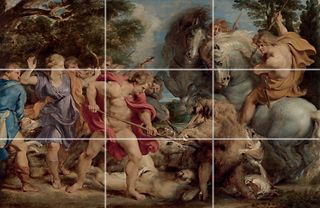
The rule of thirds dictates that if yous divide whatsoever limerick into thirds, vertically and horizontally, and then place the key elements of your prototype forth these lines or at the junctions of them, the system accomplished will be more interesting, pleasing and dynamic.
This rule is used frequently by photographers, merely also painters and artists, who use the rule of thirds mostly for landscapes. Nonetheless, it also works for a multifariousness of other subject field affair including nonetheless lifes, figures and even portraits.
Learning nigh rules such as this (and the Golden Ratio, of course) will ameliorate your art and design. If you want more input, check out our roundup of top how to draw tutorials, and this guide to the painting techniques you lot need to know about.
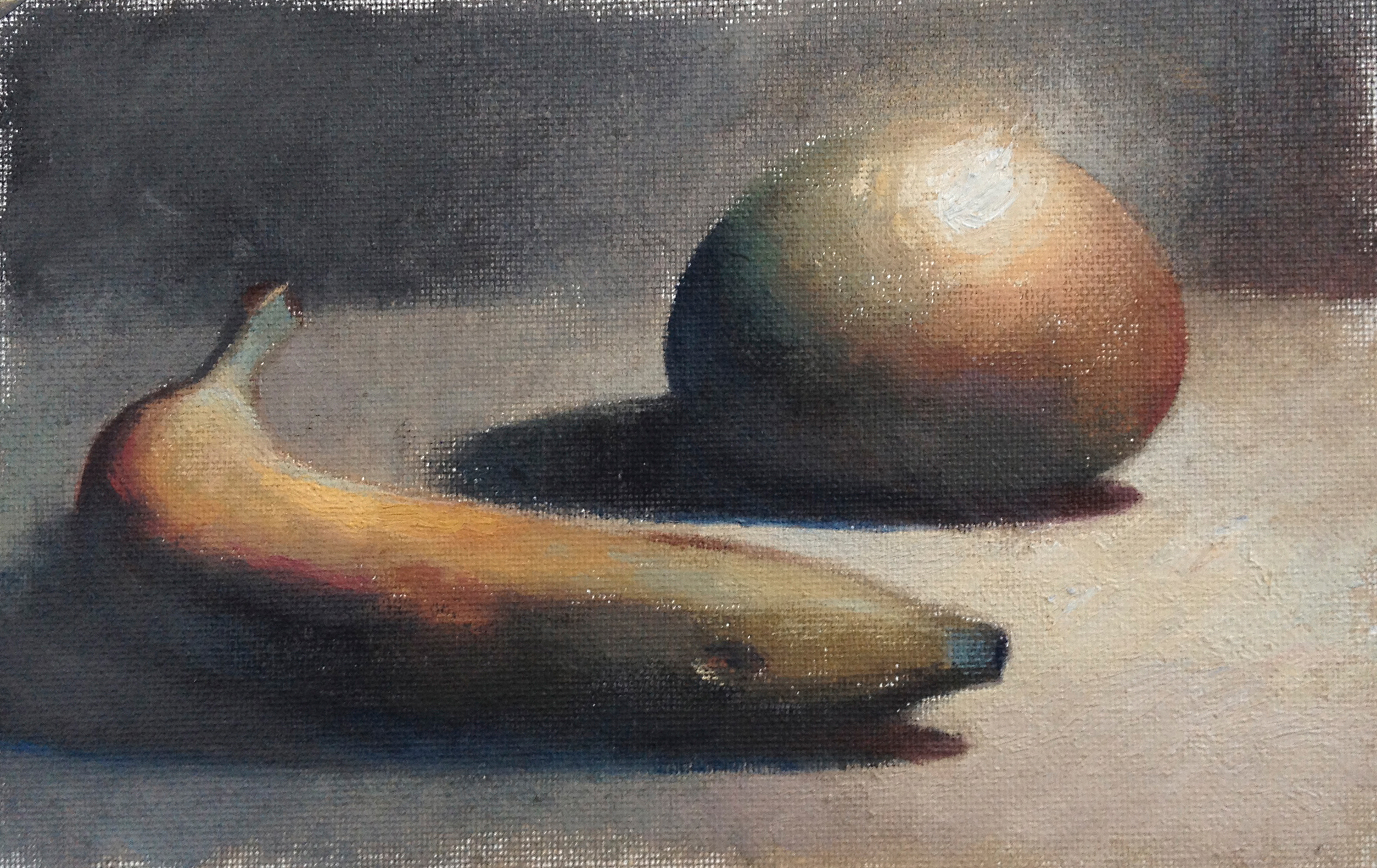
The rule of thirds gives yous a guide for placing focal points. If you design your focal points according to the intersections of any of the 9 rectangles, your film will have the counterbalance needed to brand the composition more interesting and more compelling.
You can also design other elements in the motion-picture show to lead the eye from one of the focal points to the other, and utilise the corners to bring the viewer into the picture or keep the eyes moving back into picture over again. This kind of eyeflow adds movement and life to any composition.
On this folio, we'll expect at how artists have used the rule of thirds to create dynamic compositions.
01. Origins of the rule of thirds
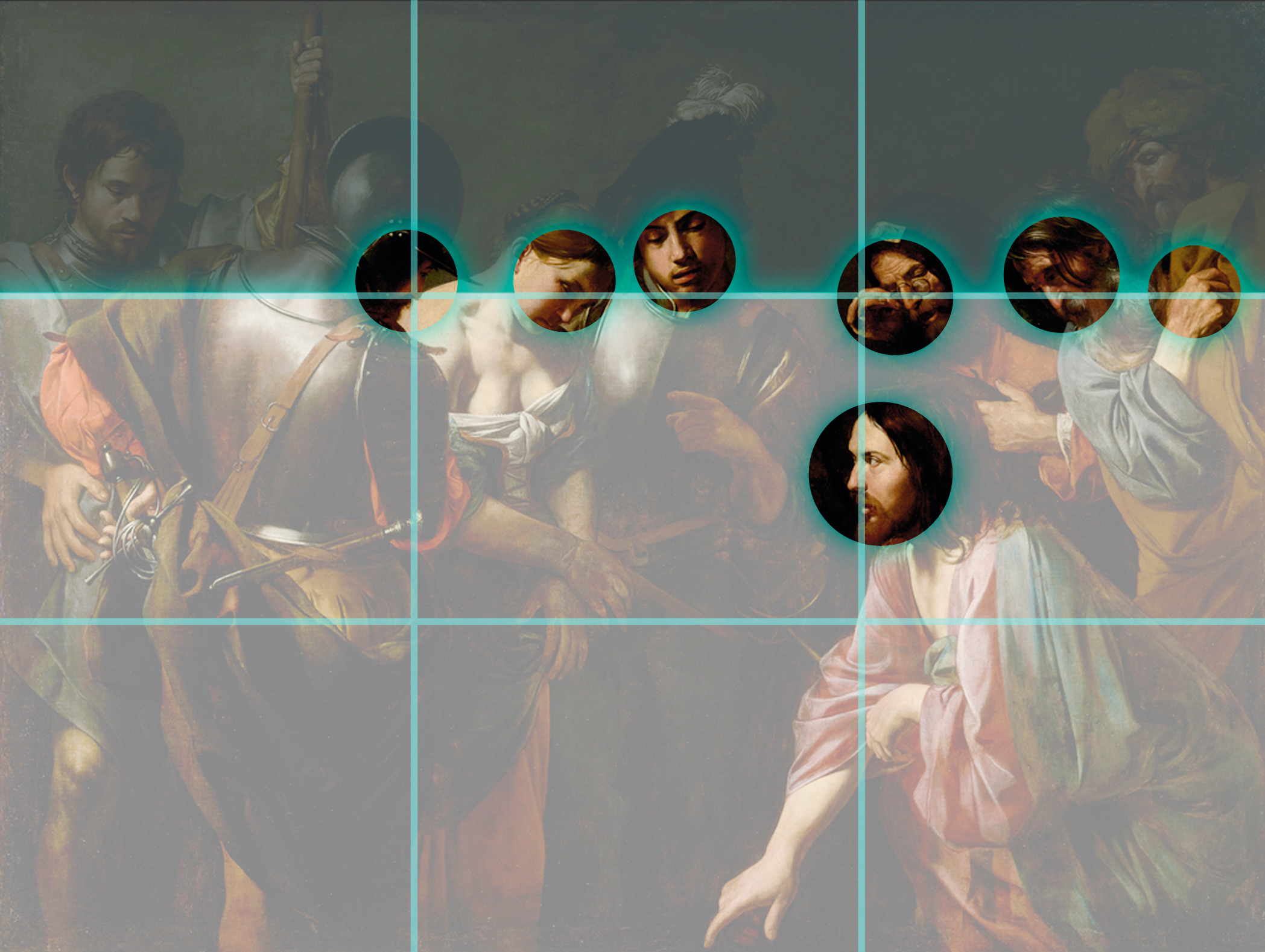
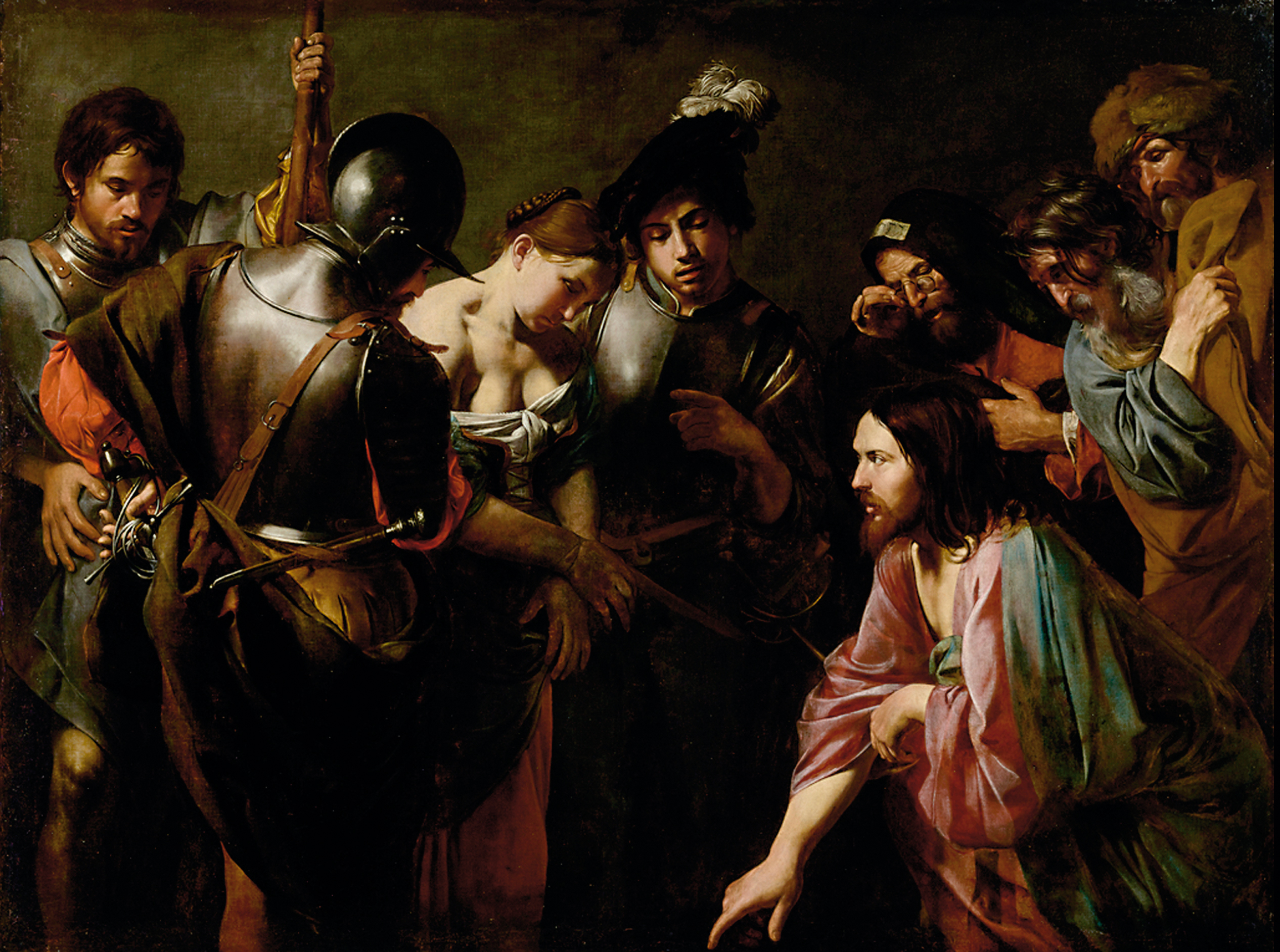
The rule of thirds is a compositional guideline. Its origins get dorsum to classical and Renaissance paintings, just it is by and large known as a compositional tool used past photographers. This painting by Valentin de Boulogne shows how the main characters are all placed on the upper dividing line, creating a dynamic arrangement of figures.
02. The dominion of thirds in landscapes

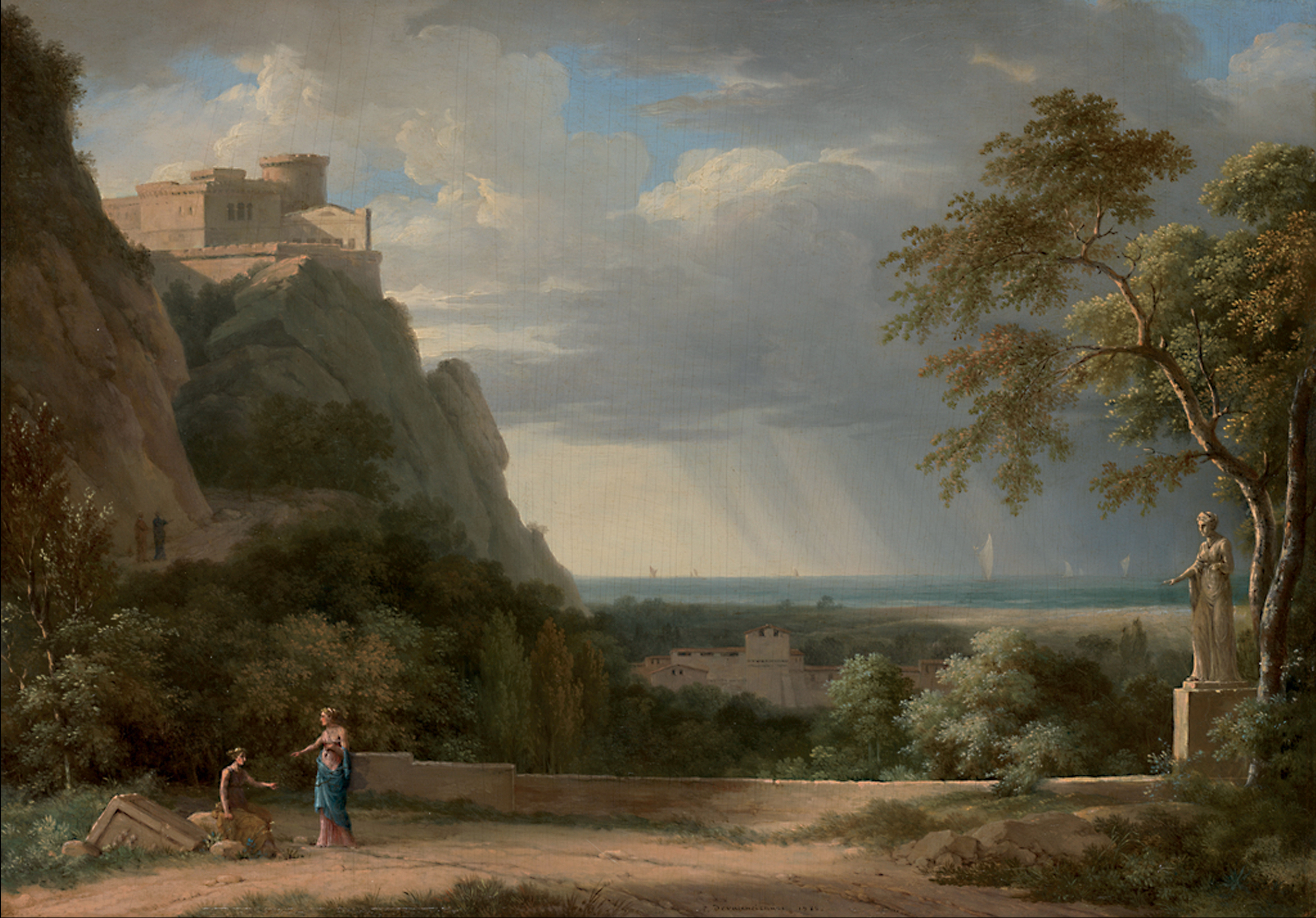
The rule of thirds is mostly known equally a tool for composing landscapes. In this painting past Pierre Henri de Valenciennes, the horizon is placed in the lower thirds, and the large mass of mountains and scenery is placed in the left section, to create a more than dynamic scene.
03. The rule of thirds for asymmetric compositions

The main function of the rule of thirds is to assistance create asymmetric compositions. If the elements in a picture are centred and too balanced, it becomes boring. If the images are beginning using the rule of thirds, the asymmetry and counterbalance of elements creates a much more dynamic picture.
04. Identify focal points with the rule of thirds
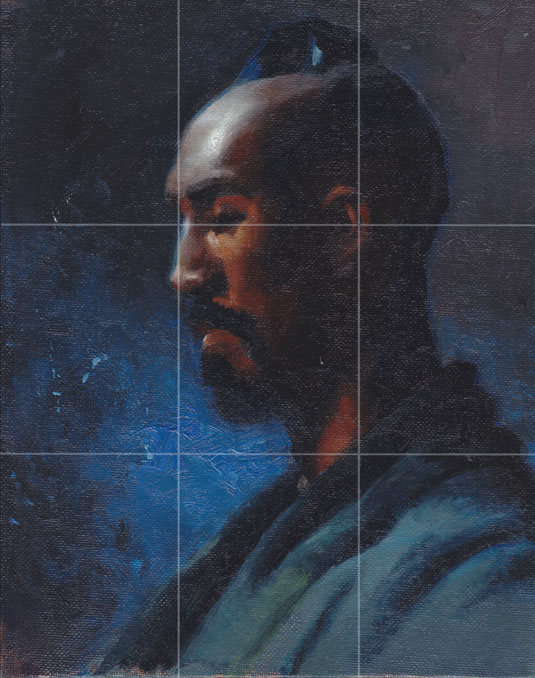
Some other great mode to use rule of thirds is to help place focal points. In this portrait painting, the eyes fall on the upper horizontal line and leads to the 2nd focal point in the ear. Other points of involvement such as the warm triangle of calorie-free too autumn on an intersection of guidelines.
05. Guide eyeflow with the rule of thirds
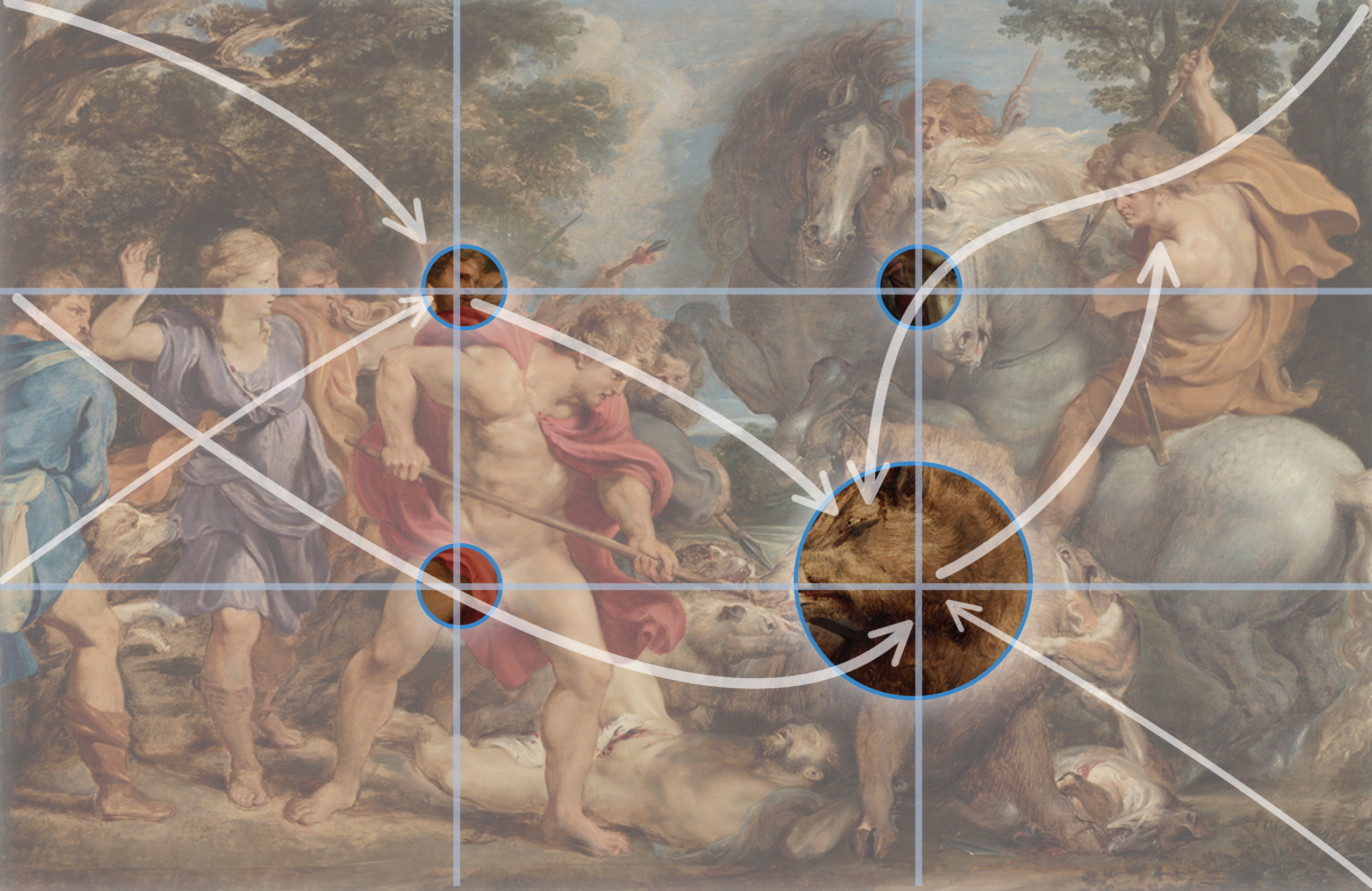
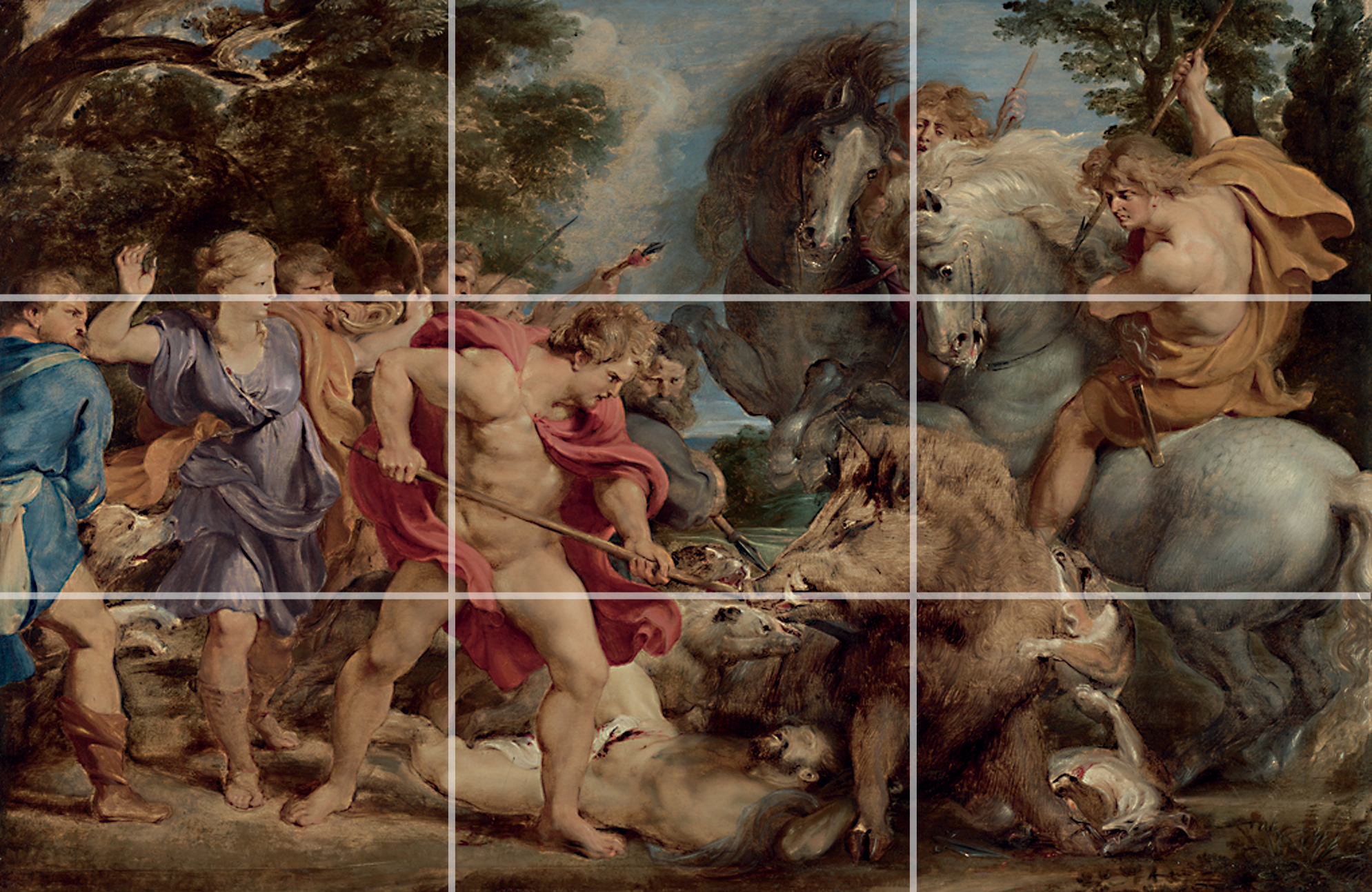
Eyeflow is another groovy use of the rule of thirds. In this painting by Rubens, the main focal point of the boar is placed at an intersection. Secondary points of interest fall on intersections too and the activeness of the poses pb the eye from i focal bespeak or intersection to some other.
Next page: How to utilise the dominion of thirds in your artworks (in 3 quick demonstrations)
Related articles
Source: https://www.creativebloq.com/art/how-use-rule-thirds-art-21619159
0 Response to "What Is the Name of for the Parts of a Picture That Your Art Eyes Are Drawn to"
Enregistrer un commentaire